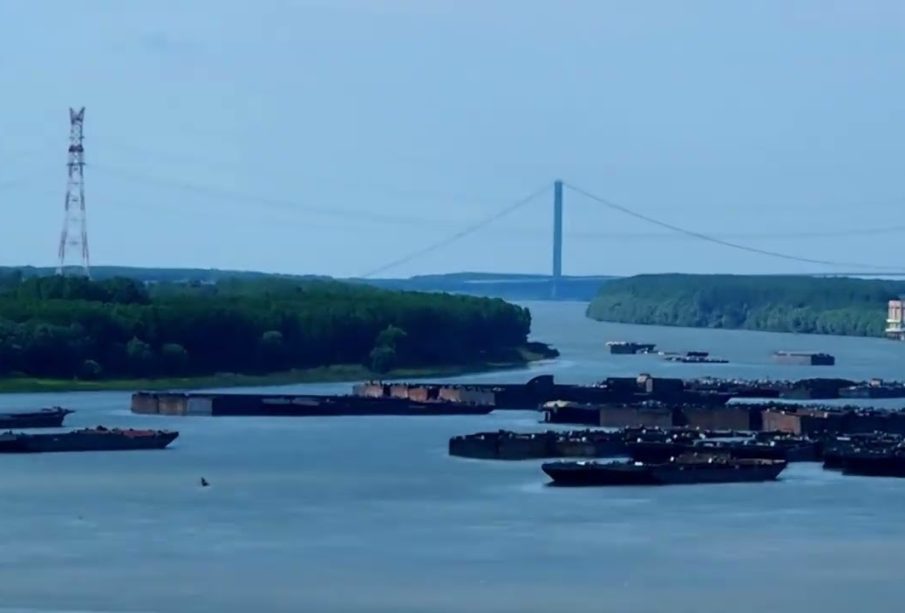The Danube: A Lifeline for Europe

Introduction to the Danube
The Danube River, the second-largest river in Europe, stretches approximately 2,860 kilometers (1,780 miles) across ten countries from its source in Germany to its mouth in Romania. Its significance extends beyond mere geography; the Danube has shaped the cultures, economies, and ecosystems of the regions through which it flows. Moreover, it stands as a critical waterway for commerce and transportation.
Significance of the Danube River
Flowing through countries such as Austria, Slovakia, Hungary, and Bulgaria, the Danube plays a pivotal role in international transportation. The river facilitates the movement of goods, with its ports being crucial for trade and economic activities. In recent years, the European Union has invested substantially in upgrading the river’s navigation infrastructure to enhance trade efficiency. According to the Danube Commission, freight traffic on the river has increased by 2.5% in the last year alone, highlighting its importance as a transport route.
Environmental Concerns and Conservation Efforts
While the Danube is vital for economic reasons, it also supports a diverse range of flora and fauna, including numerous endangered species. However, pollution, climate change, and dam construction pose significant threats to its ecosystem. In response, various environmental organisations and government bodies have initiated conservation projects aimed at restoring the natural habitats along the river. The EU’s Danube Strategy, launched in 2011, outlines measures to promote sustainable water management, enhance biodiversity, and ensure the river’s ecological health.
Tourism and Cultural Heritage
The Danube is not only an economic artery; it is also a cultural landmark, rich in history and traditions. Cities like Vienna, Budapest, and Belgrade draw millions of tourists annually, contributing significantly to local economies. River cruises along the Danube have become increasingly popular, with visitors drawn to its picturesque landscapes and UNESCO World Heritage sites such as the Middle Danube Region. Tour operators report a 15% increase in bookings for Danube cruises in 2023, reflecting a growing interest in unique travel experiences.
Conclusion: The Future of the Danube
As the Danube faces numerous challenges, it also presents many opportunities for sustainable development. The balance between economic use and ecological preservation will be critical for the future. Continued investment in infrastructure and conservation efforts will determine how well this vital river can serve both the people and the environment in the years to come. For readers, understanding the importance of the Danube not only enhances appreciation for this remarkable natural resource but also underscores the need for responsible stewardship to ensure its longevity.









